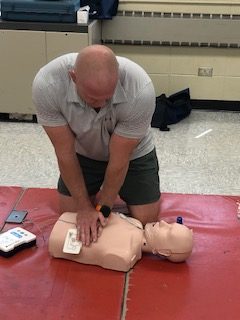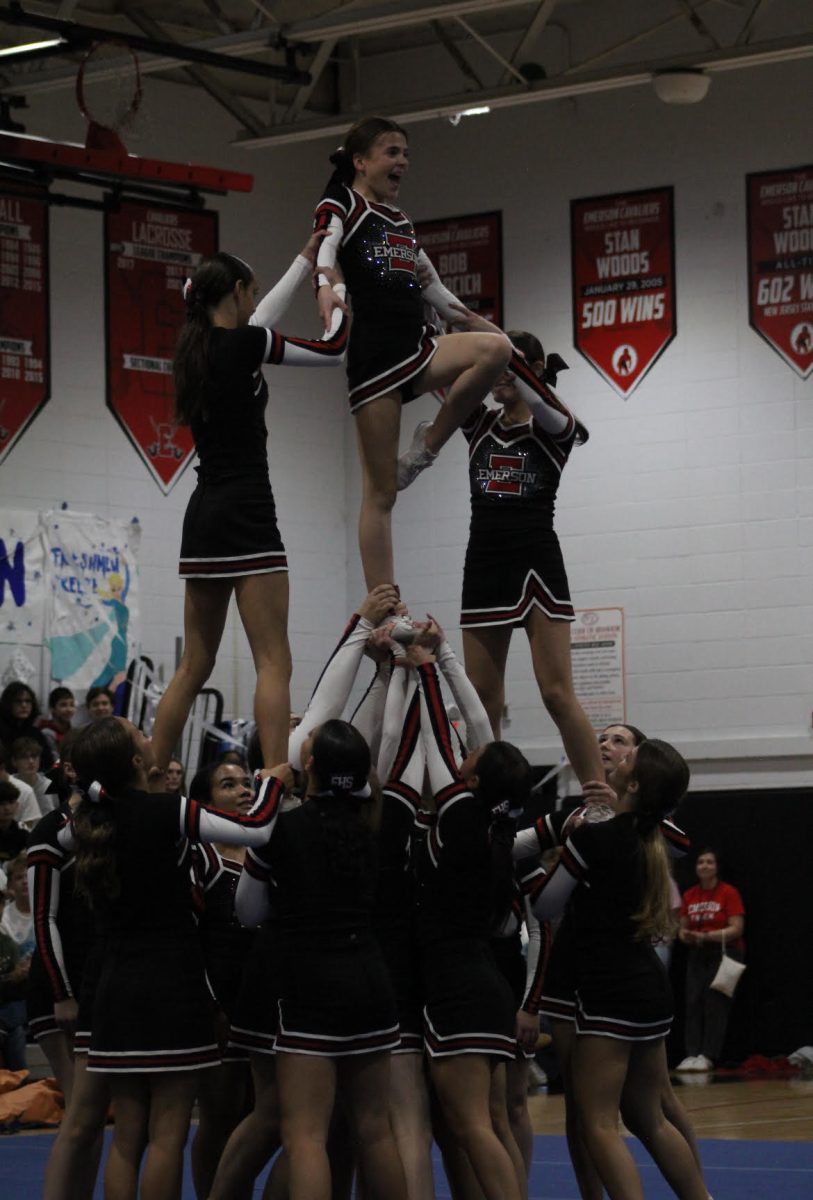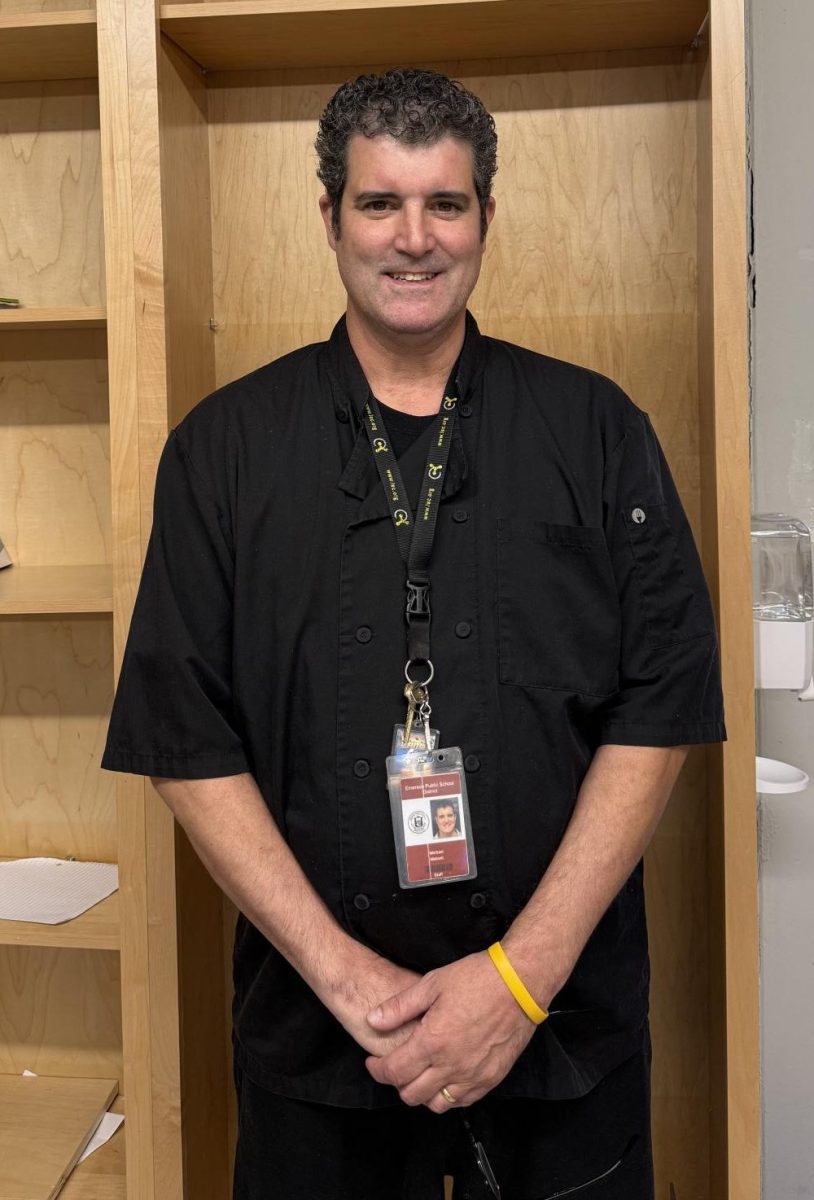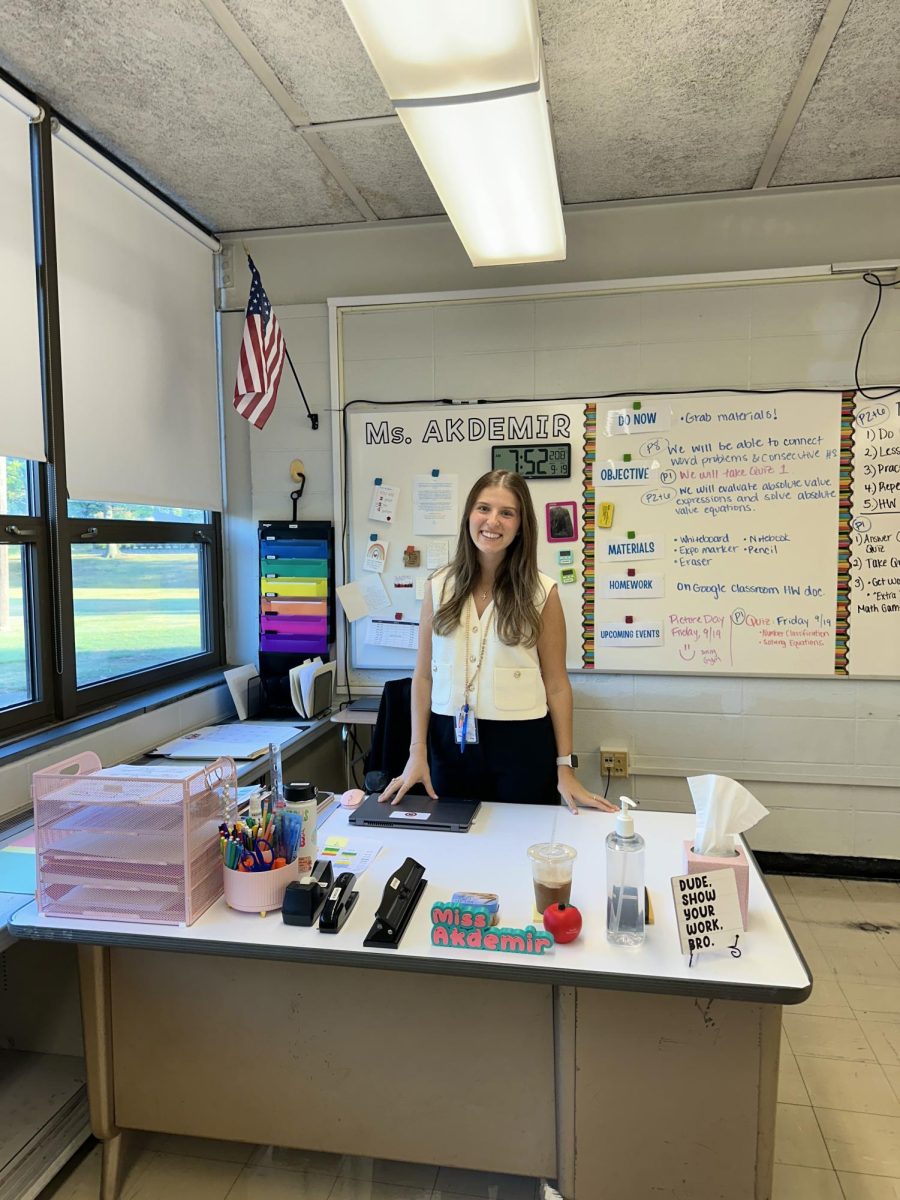You may have noticed that a couple of your teachers have been pulled out of class this week. No, it wasn’t for a parent meeting or a professional development session about the rising use of AI in the classroom. It was actually for something that could mean life or death: CPR training.
Cardiopulmonary resuscitation (CPR) is a crucial emergency procedure performed on someone undergoing cardiac or respiratory arrest. It combines the use of chest compressions, artificial ventilation (mouth-to-mouth using a special mask and mouthpiece), and even an Automated External Defibrillator (AED) to restore normal breathing and heart rate.
Physical Education instructors Mr. Mansfield, Mrs. Graf, Mrs. Johnson, and Mr. Carr have created comprehensive lessons employing videos and materials from The American Heart Association. While the videos and lectures are important, it’s the hands-on training that really matters here.
Four PRESTAN CPR Feedback Manikins have been set up for the sessions so that participants can practice chest compressions to see if they are applying the right amount of pressure, and working with the proper cadence. Immediate feedback is provided by the manikin via a system of lights that appears throughout the procedure, letting people know if they are performing effective CPR.
The instructors have served as very knowledgeable facilitators who can catch little mistakes that can make a difference. In the session I attended yesterday, Mr. Mansfield made sure to remind us to follow each procedural step before moving onto the next one, and counted along to ensure that three sets of chest compressions were executed with the right timing and pressure.
We were each then presented with a resuscitation mouthpiece. We practiced using the piece in conjunction with a mask, making sure that we saw the chest of the manikin rise and fall with our breath.
After becoming more comfortable with these steps, our training was brought to the next level with the AED. Again, each of us was given the chance to practice using this equipment and placing the electrode pads in the appropriate places on the manikins. The device itself operates in such a clear and calm manner, you need only to focus and follow its directives.
The culminating activity was combining all of the steps required to perform CPR safely and effectively. After practicing, we moved on to our test. No pencil or paper needed, this test was live and everyone was watching.
Ultimately, we all passed our training. We thanked Mr. Mansfield for the class, and the exposure to the technology to help us help others. He said that he was very thankful that the administration had purchased the equipment, and thanked us for our efforts.
Beyond the technology, though, we were quite impressed and sobered by the whole experience.
Mr. Lechman said, “I’ve done CPR training many times. There was one thing that Tom [Mr. Mansfield] said that struck me. ‘More than likely, you will be performing CPR on someone that you know or family.’ That was the first time that I ever thought about it that way.”
Mr. Deo offered, “Mr. Mansfield was an amazing instructor of the CPR Training Program for Teachers. I feel far more confident in tackling the task of dealing with someone who has suffered a cardiac arrest.”
Mansfield added, “It’s the one class I want everyone to learn, but hopefully never have to use.”
If you want to learn more about CPR, there’s a wealth of information online, but learning through doing is definitely the best way to acquire this knowledge.
According to mycprcertificationonline.com the steps are as follows:
- Ensure Scene Safety: Check if the area is safe before helping the victim.
- Check Responsiveness: Tap the person and shout. If there’s no response, move to the next step.
- Call for Help: Call emergency services and get an AED, if available.
- Check for Breathing and Pulse: Look for normal breathing and check for a pulse for no more than 10 seconds.
- Start Chest Compressions: If no pulse, start compressions at the center of the chest. Push hard and fast, at least 2-2.4 (5-6cm) inches deep, at a rate of 100-120 per minute.
- Give Rescue Breaths (If Trained): After 30 compressions, give 2 breaths if trained, using the head-tilt, chin-lift technique. Make sure the chest rises.
- Use an AED: If an AED is available, follow its prompts and continue CPR until help arrives or the person recovers.
- Place in Recovery Position: If the person starts breathing but remains unresponsive, roll them onto their side in the recovery position to keep the airway clear and prevent choking.
















